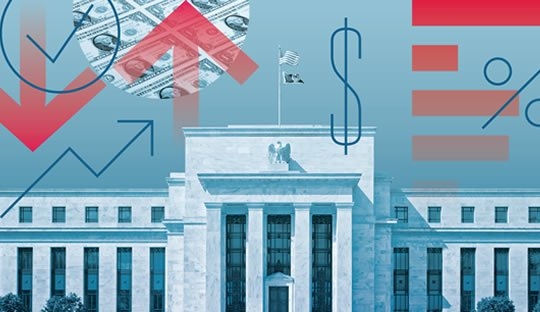The U.S. Federal Reserve is preparing to gradually lower interest rates as inflation slows toward its long-term target. Analysts predict the move will boost loan demand, support small businesses, and reshape the global banking landscape.

After nearly two years of aggressive tightening, the Federal Reserve indicated this week that a series of modest rate cuts could begin by early 2026 if inflation continues to decline. Chair Jerome Powell emphasized a “data-dependent approach,” signaling cautious optimism that price stability is within reach.
The consumer price index (CPI) rose just 2.3% year-over-year in September — the slowest pace since early 2021. Economists say this cooling trend reflects easing supply chain pressures and stable energy prices.
Lower borrowing costs could provide relief to both consumers and businesses. Mortgage applications have already increased 7% in October, while commercial lending is projected to rebound across regional banks such as PNC and Truist.
Global markets responded positively, with major indices in Europe and Asia gaining as investors anticipate a more stable U.S. monetary environment. However, experts warn that premature easing could risk reigniting inflationary pressures.
Editor’s Note:
For international banks, the Fed’s shift signals renewed capital mobility and potential changes in cross-border lending dynamics. As the dollar stabilizes, emerging markets may experience stronger investment inflows and improved credit conditions.
Tags: Federal Reserve, U.S. Economy, Interest Rates, Inflation, Global Banking
Federal Reserve, interest rates, U.S. inflation, banking outlook, monetary policy
Related FAQs
-
What is the best way to present my business to the bank?
Use a one-page profile and low/base/high forecasts.
Read full answer → -
singapores banking sector is robust and diverse offering an a
FAQ article on bankopensingapore.com
Read full answer → -
Can I automate PayNow/FAST reconciliation?
Clean references to uppercase, extract INV-\d+ with a regex, match exact amounts, and send unmatched lines to a review sheet. Next, schedule CSV/API imports from your bank to your accounting system and run a twice-weekly
Read full answer →


